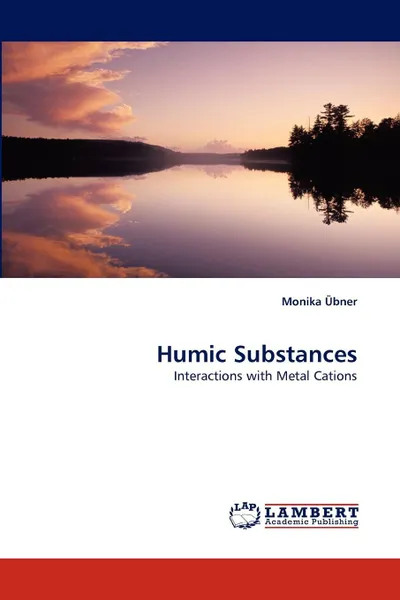Humic Substances 12+
Автор: Monika Bner,
Monika Ubner
2010
68 страниц
Категория: Научная литература
ISBN: 9783838344621
Язык: Английский
📗 Estonia is rich in sea and lake sediments. Historically, those sediments have been used in human therapy as curative mud and those preparations may not contain organic and inorganic contaminants. High molecular weight HS are an important part of sediments. The structure of HS from sediments in the Baltic region is not well studied. In the present work, the elementary composition of all soluble HS fractions and yield of HS from different sources was studied. The quantity of metal in the sediments and HS fractions was determined. Capillary electrophoresis, exactly the electrophoretically mediated microanalysis (EMMA) approach, was used for studying the interactions of HS with metal cations, using HS fractions as background electrolyte. All HS fractions gave a different reproducible characteristic to each fraction electropherograms with metal ions, the shape of which is connected with the characteristic features of the structure of these fractions. The EMMA approach may be applied to study the interaction of HS with different compounds.
Мнения
